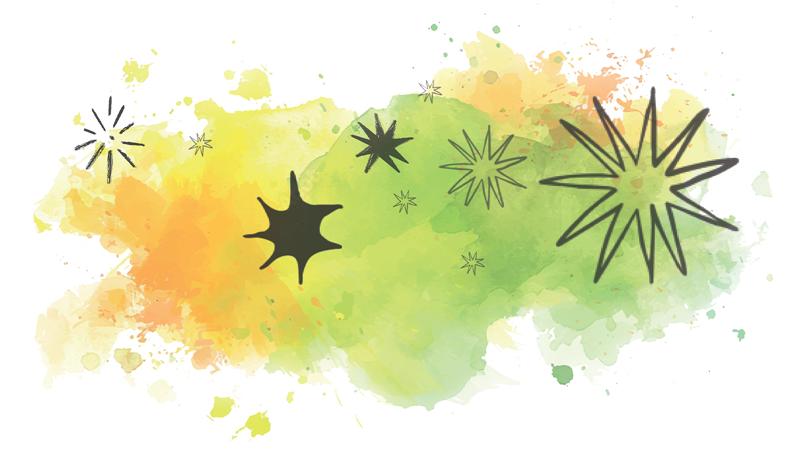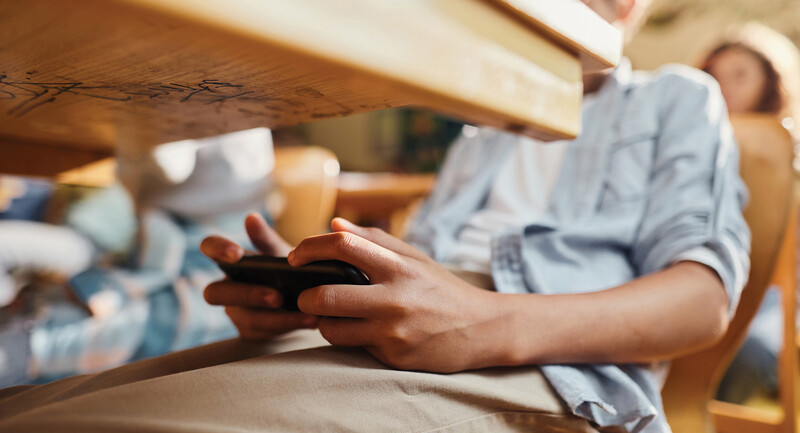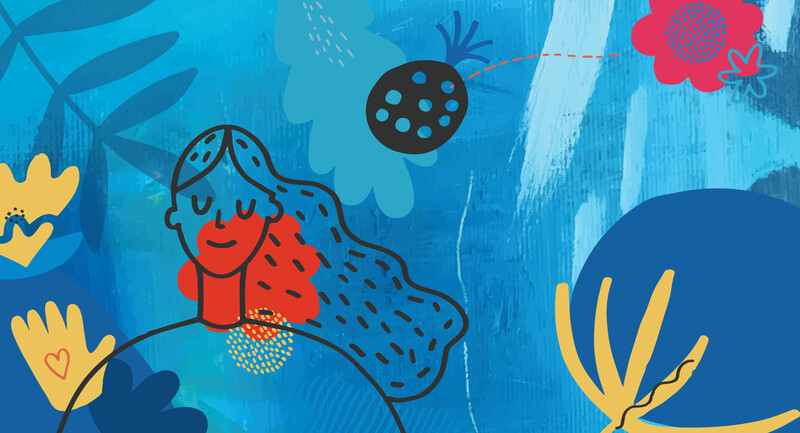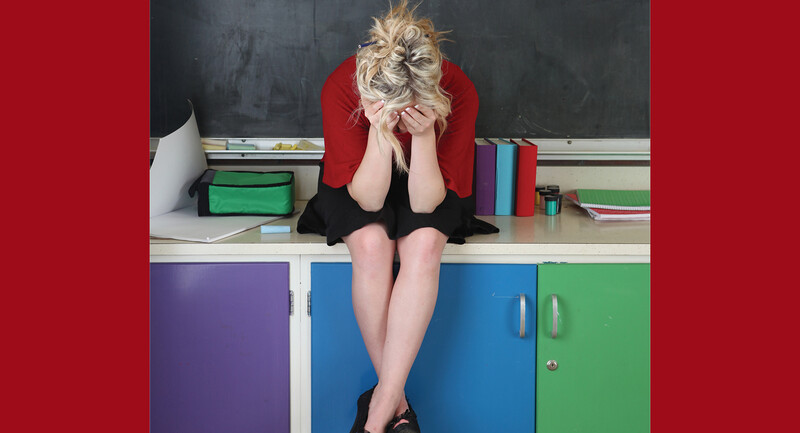The classroom atmosphere a teacher cultivates can enhance students' academic, physical, and social and emotional success. Empowering students to practice kindness and create positive relationships with one another is a worthy goal. However, in inclusive classrooms (where special education students learn alongside general education students), students need concrete opportunities to acquire genuine relationships. To teachers' eyes, a relationship that may appear substantial during classroom time can, in fact, lack sincerity once the adult leaves the room. All students, especially those who do not share similar backgrounds or have similar needs, require the teachers' support to ensure that they establish authentic peer connections.
Friendships are an essential component of the inclusive classroom. Students become more receptive to learning new concepts when they experience the emotional well-being and stability obtained through friendships (Eredics, 2014). Students with special needs require more than being physically seated next to peers within general education classrooms. They need to feel welcomed, valued, and included among students they recognize as friends.
As a special educator who has worked in numerous K–5 general education classrooms and completed action research on students' and teachers' attitudes toward inclusion, I have created several practices that promote the development of friendships. I use these practices in mixed-learning classrooms to connect students who have a variety of disabilities, including autism, emotional and behavioral disorders, and Down syndrome, with students who do not have special needs. These practices are easy to execute, adaptable for all ages, and contribute to the development of a positive and supportive classroom atmosphere.
1. Identify common interests
When teachers allow students to share their interests, they are providing a means for students to identify with one another. My students participate in "about me" activities throughout the year in the form of games, discussions, and crafts. I teach my students the sign for "me too" so that students can quietly, but enthusiastically, display that they have a connection with a peer. As students participate in "about me" activities, they light up when they recognize common interests. Commonalities can attract students to one another and serve as the foundation for potential friendships.
2. Pair with purpose.
When teachers create meaningful pairs among their students, group work becomes even more advantageous. One way to create purposeful pairs is to collect formal data on classroom relationships through the use of sociograms—charts that show the relationships within a classroom. (Note: These are for teachers' eyes only!) To construct one, have students confidentially write the names of two peers they want to work with on an academic task or play with at recess. Collect and analyze the data to create a chart that resembles a target: Students in the center are those who received the most nominations, while those on the outer circle are those who received the fewest.
Then, pair students in the inner circle, who have strong social connections, with those on the outer circle for group work and classroom play. As students who have fewer social connections work with their more socially adept and well-liked peers, their social status in the classroom improves. General education students also increase their acceptance and understanding of students with special needs.
3. Highlight strengths.
Educators can either choose to affirm the uniqueness of students with special needs or inadvertently fall back on negative stereotypes about disabilities (Shockley, 2017). I always strive to highlight my students' strengths. One way I accomplish this task is by verbally praising my students for their genuine academic accomplishments even if their work was modified or different from their typical peer. Emphasizing your students' strengths and personal growth allows others to see them in a positive light and highlights a growth mindset. I have found public acknowledgment to be helpful in leaving every student feeling valued and esteemed, as well as helping all students to see one another for their personal strengths.
4. Teach, model, and practice social skills.
Appropriate social skills, such as eye contact, body language, perceptiveness of others, and respect, need to be explicitly taught, modeled, and practiced through classroom activities on a daily basis. Teaching social skills requires opportunities for students to practice them with their peers. After teaching a lesson on a topic such as showing compassion, I challenge my students to display the skill throughout the week. I verbally praise and provide incentives to students who demonstrate the skill.
5. Educate students about special needs.
Teachers yield the power to help shape students' perspectives. After receiving parent permission, educate your class about your students' special needs and what makes them unique. I have taught lessons in numerous classrooms, sometimes alongside my students and their parents, to remove ambiguity and promote greater acceptance. Books and videos are incredible supplements to better explain and answer questions in an appropriate and kid-friendly manner. Some of my favorite books about special needs are My Friend Isabelle by Eliza Woloson, Why Does Izzy Cover Her Ears? by Jennifer Veenendall, and My Friend Has Autism by Amanda Doering Tourville.
6. Expect and support generalization.
One of the most crucial steps to facilitating friendships among students is taking in-class successes outside the classroom. Are students applying social skills in other classes, the cafeteria, at extracurriculars, and on the playground? I try to monitor students' social behavior while they are in settings other than my own classroom and collaborate and communicate with my colleagues about their own observations. If I observe students being unkind to one another or excluding their peers, I immediately talk to the students involved and may revisit a social-skills lesson based on the behavior.
Creating a culture of caring and mutual respect among all members of the school community means putting relationships first (Katsikis et al., 2017). It's hard to watch friendships develop easily for some students while they are painfully difficult for others. I have watched my own special education students begin the year with no peer connections, let alone the ability to appropriately interact with those around them. I have also witnessed general education students stare wide-eyed as my students sit next to them at lunch or become their partner for a science activity.
However, with the support of these practices, I have witnessed peer relationships prompted by adults transform into friendships sustained by children. They invite one another to each other's birthday parties, laugh and joke coming in from lunch, and tear up when friends move away to other schools. Friendships play a crucial role in developing self-confidence, happiness, and social skills, which in turn contribute to an efficient, positive and compassionate classroom.







